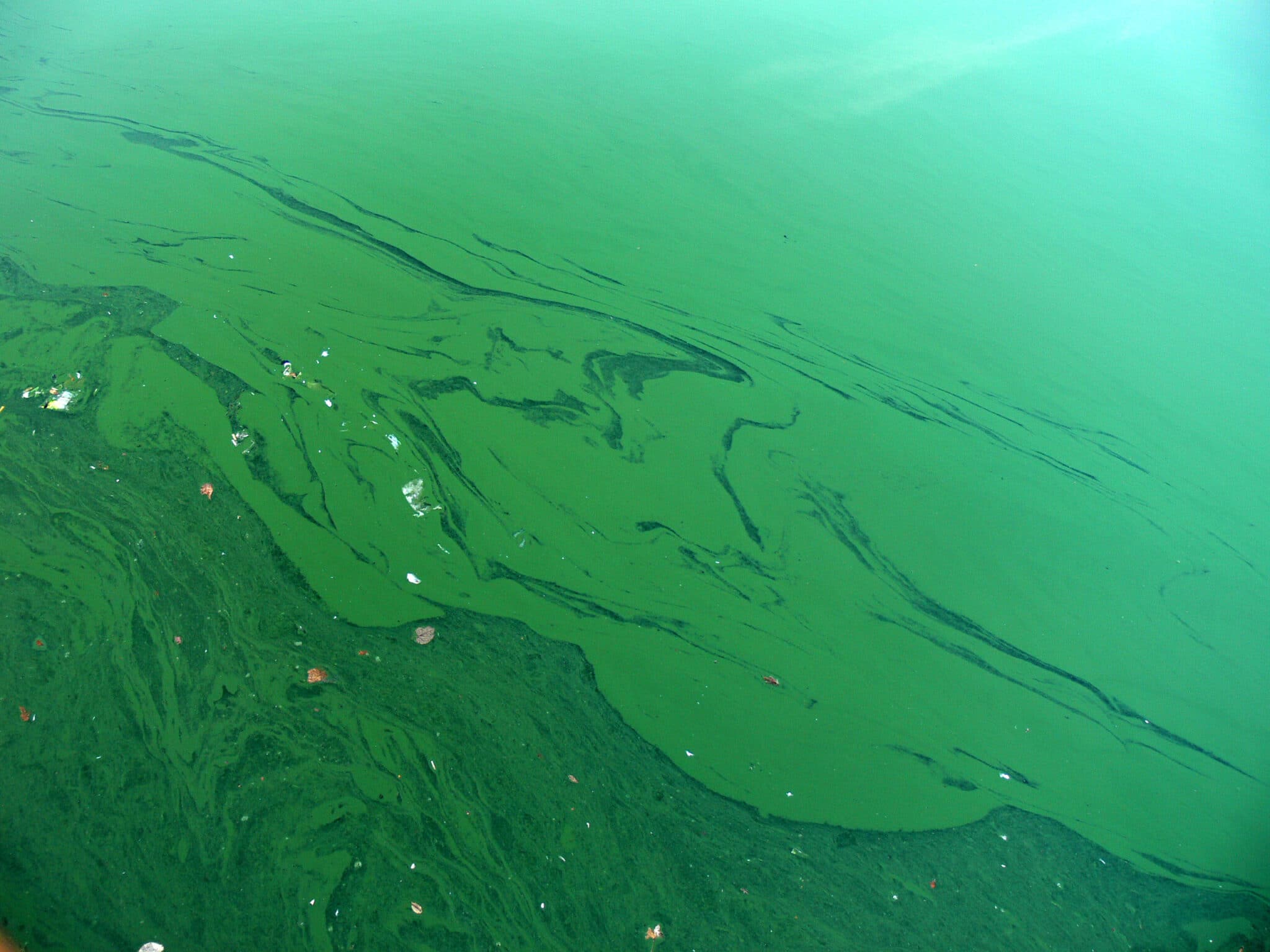Algae are aquatic plants with one or more cells that may thrive in a variety of aquatic settings. Because they are the primary sources of oxygen through photosynthesis, they are crucial for aquatic environments. However, an excessive amount of algae in a body of water can cause environmental issues including decreased water quality, lower oxygen levels, and fish fatalities.
Water bodies are treated with calcium hypochlorite, a potent disinfectant and oxidizer, to reduce algae development. It is often administered as a water-based solution or in granular form. When calcium hypochlorite is given to water, it will break down into hypochlorous acid, a potent oxidant that may react with organic materials and eradicate algae.
The concentration of the chemical, the pH, the temperature, and the kind of algae in the water are just a few examples of the variables that affect how well calcium hypochlorite works to inhibit algal development. Algae are often better controlled at greater calcium hypochlorite concentrations. High chemical concentrations, however, can potentially have detrimental impacts on aquatic life and water quality.

Another crucial element that impacts calcium hypochlorite's efficacy is the pH of the water. While hypochlorite ions are more efficient in alkaline water, hypochlorous acid is more efficient in acidic water. To get the best results, the pH of the water must be adjusted before calcium hypochlorite is added.
The efficiency of calcium hypochlorite can also be impacted by water temperature. In warm water, algae tend to develop more prolifically. As a result, greater doses of calcium hypochlorite are needed to treat water during the warmer months in order to reach the necessary level of control.
The type of algae in the water can also impact how well calcium hypochlorite works. Different algae are more or less chemically resistant. For instance, whereas unicellular algae are more amenable to chemical treatment, filamentous algae, which are lengthy and stiff, can be challenging to manage using calcium hypochlorite.